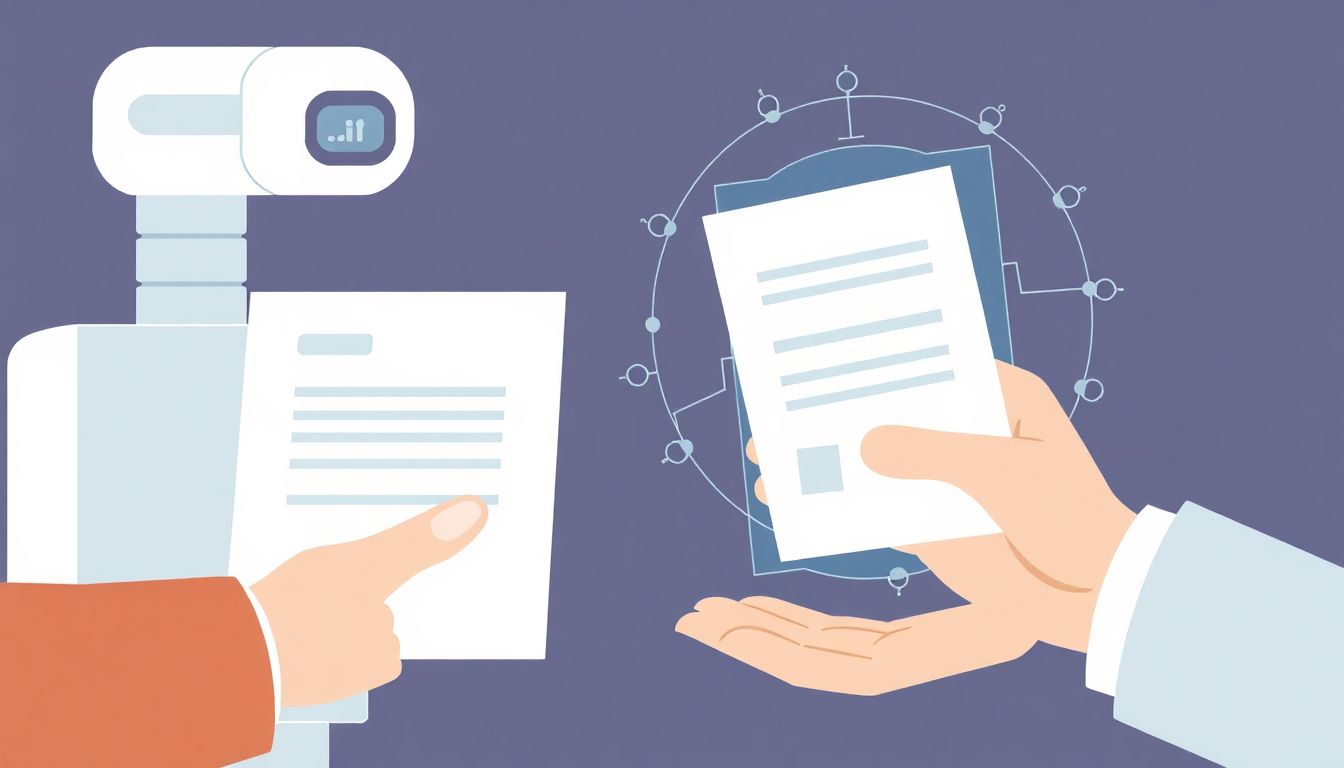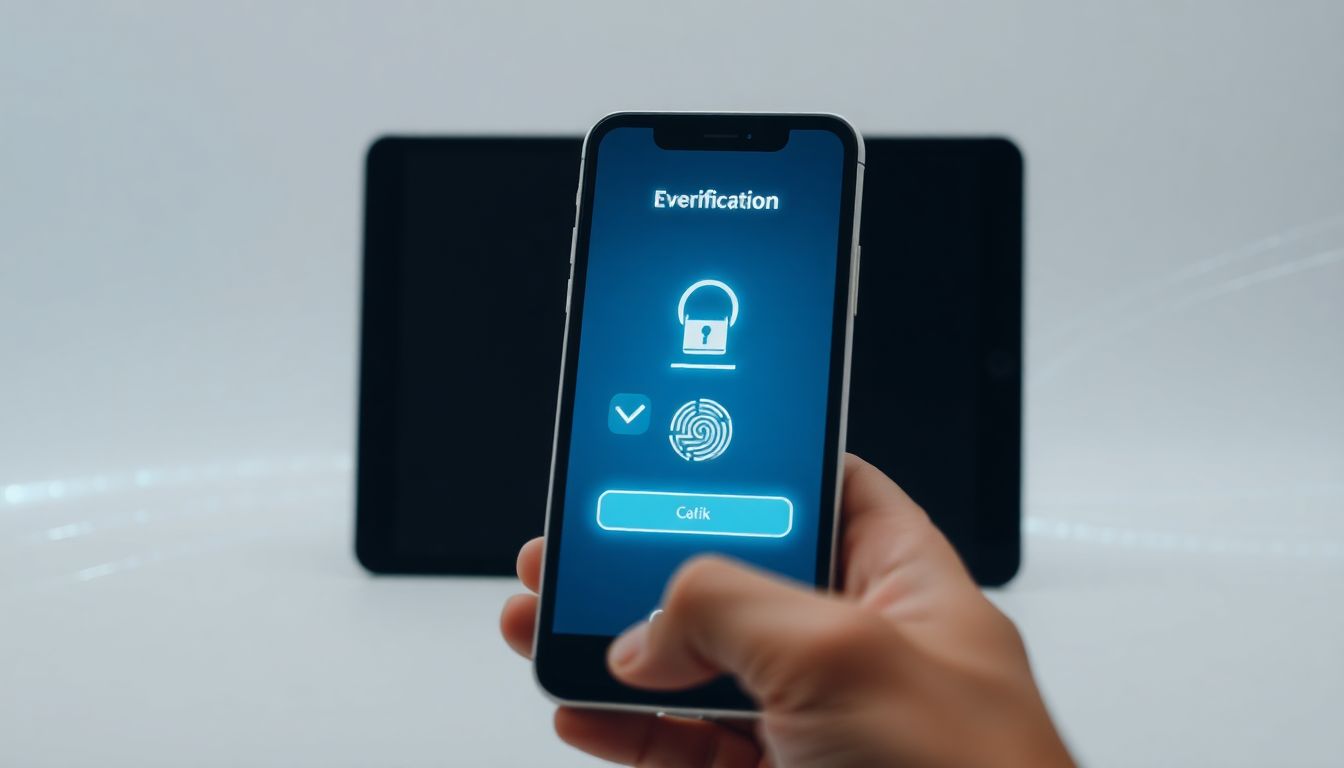We all want to make sure our documents are legit, but figuring out which AI tools actually work can be tricky. If you’re tired of guessing and want to trust your verification process, keep reading. I’ll show you how to pick the best AI document verification tools, what features matter, and how to find the perfect fit for your needs. Stick around—you might just find the solution you’ve been searching for!
Key Takeaways
Key Takeaways
- In 2025, top AI document verification tools are from brands like IDEMIA, Trulioo, and Socure, combining AI, biometrics, and user-friendly features to fight fraud. Focus on tools that use computer vision, OCR, and provide clear decision explanations.
- Key features to look for include OCR for data extraction, facial recognition, liveness checks, fraud detection, compliance support, audit trails, and flexible APIs. Security and scalability are also crucial.
- Compare solutions based on industry needs: Jumio offers strong facial recognition, Trulioo covers many countries, and Socure focuses on fraud detection. Choose based on your priorities like speed, accuracy, or global reach.
- The AI verification market is expected to nearly double by 2029, driven by demand for remote onboarding and security in sectors like banking, healthcare, and e-commerce. Major players are expanding globally, fueling growth.
- Challenges include AI accuracy across diverse documents, potential bias, data security, and system integration. Regular updates and staff training help maintain effectiveness and trust.
- Future trends involve smarter AI, blockchain for secure records, explainable AI, mobile ID checks, and hybrid solutions balancing speed and accuracy. These advancements aim to make verification faster and more reliable.
- When choosing a tool, match features with your industry needs, ensure regional compliance, run small tests first, and stay updated with new features. Focus on security, user experience, and clear decision logs for best results.

1. Recognize the Best AI Document Verification Tools in 2025
Want to know which AI document verification tools are leading the market in 2025? These tools are the ones that combine advanced AI, biometric authentication, and user-friendly features to stay ahead. Look for solutions from big names like IDEMIA, Trulioo, and Socure that are making waves.
Right now, the document verification market is valued at about USD 5.05 billion and is expected to nearly double by 2029. This rapid growth is driven by demand for better fraud prevention, remote onboarding, and digital identity checks — all powered by AI.
To spot the best tools, focus on those that use computer vision, OCR, and biometric verification. They should also offer explainable AI, so you understand how decisions are made, ensuring trust and compliance.
2. Understand the Key Features of AI Document Verification Solutions
What do top AI document verification tools bring to the table? First, they use optical character recognition (OCR) to read and extract data from IDs, passports, and invoices quickly. Next, they incorporate biometric features like facial recognition or liveness detection to confirm identities in real-time.
Many solutions include fraud detection algorithms that flag suspicious documents and automate compliance checks, saving you manual effort. It’s also helpful if they provide clear audit trails, reporting, and flexible API integrations so you can embed verification into your existing workflows.
Some advanced tools leverage blockchain for tamper-proof records or offer transparency features such as Explainable AI (XAI), helping ensure fairness and regulatory compliance. Choose a platform that’s easy to use, scalable, and offers strong security measures.
3. Compare Top AI Document Verification Tools by Capabilities and Use Cases
If you’re wondering which solution fits your needs best, start by comparing capabilities. For instance, Jumio excels in facial recognition and liveness detection — perfect for fintech or banking where security is king.
Meanwhile, Trulioo offers broad global coverage, great for companies that need to verify identities across different countries and regulatory environments.
Socure focuses heavily on AI-driven fraud detection, making it ideal for online marketplaces or e-commerce platforms. To choose the right, consider your industry, whether you prioritize biometric accuracy, speed, or compliance features.

8. The Impact of AI Document Verification on Market Growth and Industry Adoption
AI document verification is not just a tech buzzword—it’s a big driver of market expansion. The document verification sector is valued at around USD 5.05 billion in 2025 and is expected to hit nearly USD 10 billion by 2029, thanks to rising demand for security and digital identity checks.
As AI and biometric tech get smarter, more industries like banking, healthcare, telecom, and e-commerce are adopting these tools to reduce fraud and speed up onboarding processes.
Big players like IDEMIA and Trulioo are expanding their offerings worldwide, which pushes the industry to grow at a compound annual rate of about 18.4%.
This growth isn’t just about numbers; it’s about making digital identities more trustworthy, helping businesses comply with strict regulations, and enabling seamless remote services.
9. Challenges and Risks in Implementing AI Document Verification
While AI verification offers many benefits, it also comes with hurdles. One common challenge is ensuring the accuracy of AI in recognizing diverse documents, especially from different countries with varying ID formats.
Bias in AI algorithms can lead to unfair false rejections or approvals, which is a concern for compliance and user trust. Regular audits and updates are a must to keep AI fair and effective.
Security is another worry: storing biometric data and personal IDs demands robust protection measures to prevent breaches and misuse.
Adopting AI tools also means integrating with existing systems, which can be complex and may require tech upgrades or retraining staff.
10. Future Trends in AI Document Verification for 2025 and Beyond
Looking ahead, expect AI in document verification to get smarter and more adaptive. Technologies like blockchain are making records tamper-proof, adding an extra layer of trust.
Explainable AI (XAI) will become standard, helping companies and regulators understand decision processes, fostering more transparency and fairness.
Mobile-first solutions will grow, enabling quick identity checks on the go—think verifying your driver’s license via smartphone in seconds.
Hybrid approaches combining AI, biometric verification, and traditional methods will offer the best of both worlds, balancing speed with accuracy.
11. Final Tips for Choosing and Using AI Document Verification Tools in 2025
When picking a tool, don’t just look at features—think about how well it fits your industry and user base. For instance, some solutions are better at verifying passports, while others excel with biometric checks.
Make sure the tool complies with regional data regulations, especially if you operate across borders. Check for certifications and audit logs to ensure accountability.
Implement a phased rollout—test the tool on a small group first, gather feedback, and then scale up. This helps catch issues early and ensures staff are comfortable with the new process.
Keep an eye on updates and new features, as the landscape evolves fast. Regular training and review of AI decision logs can help maintain trust and accuracy.
Last but not least, always aim for a solution that balances security, speed, and user experience—that way, you get the most out of your AI verification investment.
FAQs
Key features include high accuracy, quick processing, support for various document types, fraud detection capabilities, and easy integration with existing systems.
Compare capabilities such as verification speed, supported document types, accuracy, pricing, and industry-specific features to find the best fit for your needs.
Assess your industry requirements, volume of document processing, integration needs, and budget to select a tool that matches your specific business operations.
Start with a clear plan, pilot with a small dataset, train your team, and gradually integrate into your processes while monitoring performance and making adjustments.